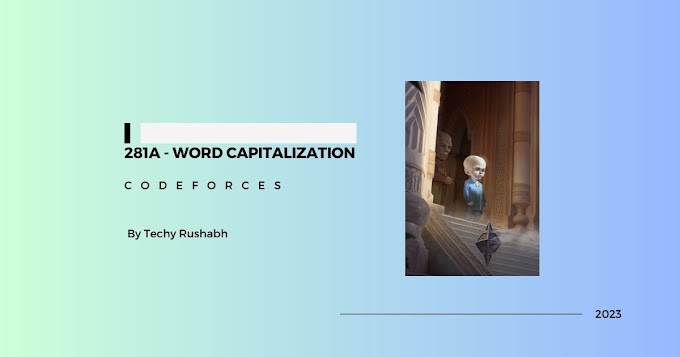Introduction
The world of JavaScript frameworks is ever-evolving, with React, Angular, and Vue holding significant mindshare. But a new contender, Svelte, particularly version 3, has emerged, promising a more efficient and less code-intensive approach to building web applications. This blog post will delve into the core concepts of Svelte 3 and showcase its unique features that set it apart from the existing landscape.
Svelte: The Compiler Approach
One of the most fundamental differences between Svelte and other frameworks is its nature as a compiler. Unlike React, Angular, or Vue, which include the framework as a dependency in the final JavaScript bundle, Svelte compiles your code at build time. This means that the framework itself isn't included in the bundle, leading to smaller and more optimized code.
This approach is evident in the project's `package.json` file, where you'll primarily find development dependencies. This is because Svelte only compiles the necessary JavaScript code, eliminating any unnecessary bloat.
Consider this example where the entire app is exported as a string:
// Exporting app as a string (example)
// In reality, Svelte manages this process under the hood.
The bundled output would then be a function returning this string, potentially leading to smaller bundle sizes and optimized code.
Reactivity and Templating in Svelte
Svelte embraces a unique approach to reactivity based on variable assignment. In a Svelte component, identified by a `.svelte` file, you'll find a `script` tag for JavaScript logic, a `style` tag for scoped CSS, and the HTML markup.
Svelte uses its own templating syntax, reminiscent of Angular and Vue, where logic is embedded directly within the HTML. A key aspect of Svelte's reactivity is that assigning a new value to a variable triggers an update in the DOM.
For instance, the following code snippet shows how an `onClick` event is bound to a function that updates a random number:
<script>
let randomNumber = 0;
function randomize() {
randomNumber = Math.random();
}
</script>
<button on:click={randomize}>Randomize</button>
<p>{randomNumber}</p>
Computed values are also handled elegantly using the `$:` syntax. This tells Svelte to recalculate a value whenever the app reacts to a change.
<script>
let randomNumber = 0;
$: result = Math.round(randomNumber);
</script>
Furthermore, Svelte allows binding to DOM element attributes, as shown in the following example.
<input bind:value={randomNumber} />
Transitions and Stores
Svelte offers built-in transition directives for creating CSS animations. Directives like `fade` and `fly` can be imported from `svelte/transition` and applied to DOM elements for automatic animation effects. This ties animation logic directly to the DOM element being animated, simplifying the process.
Svelte also provides a store mechanism for sharing data across components. Stores, similar to RxJS observables, enable easy data management and sharing. A writable store can be created, allowing you to `set` values directly or `update` them based on the current value. The `$` syntax in front of a store variable within a component tells the compiler to automatically subscribe to the store and manage the subscription.
// Creating a writable store
import { writable } from 'svelte/store';
const randomStore = writable(0);
// Subscribing to the store in a component (automatic with $)
<script>
import { randomStore } from './store';
</script>
<p>{$randomStore}</p>
Conclusion
Svelte 3 offers a refreshing approach to web development by focusing on compilation, reactivity, and ease of use. Its compiler-based architecture leads to smaller bundle sizes and optimized code, while its reactivity system simplifies state management. With features like built-in transitions and stores, Svelte empowers developers to build efficient and maintainable web applications with less code.
Keywords: Svelte, Svelte 3, JavaScript Framework, Compiler, Reactivity




0 Comments